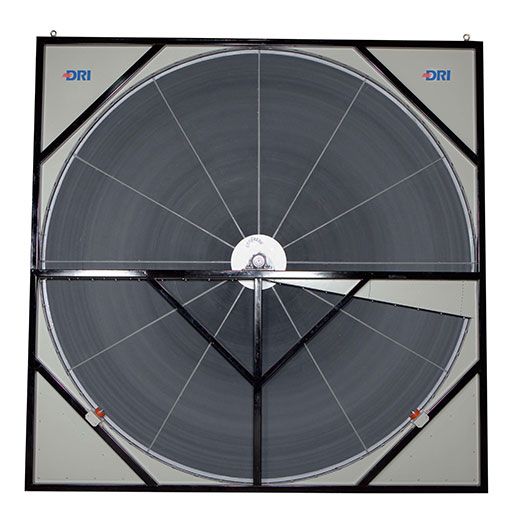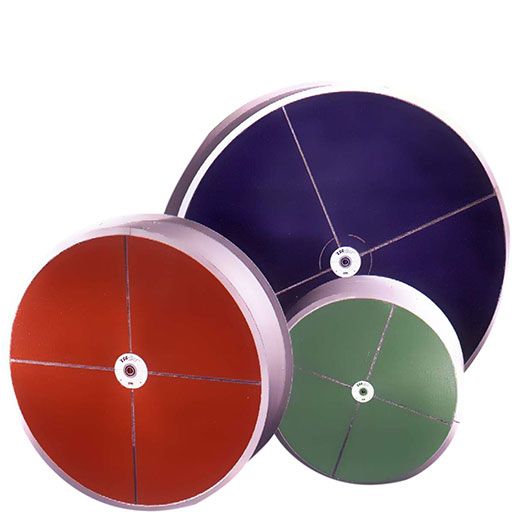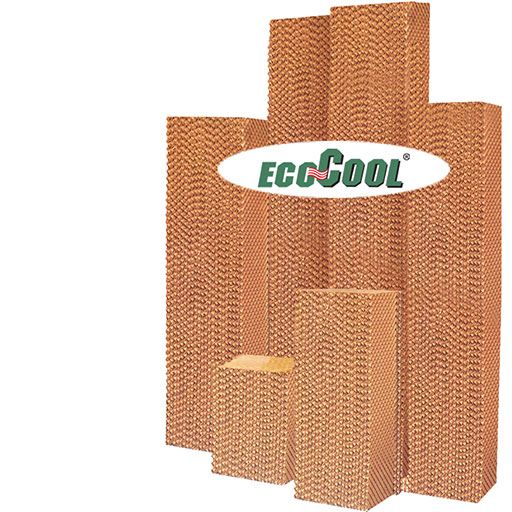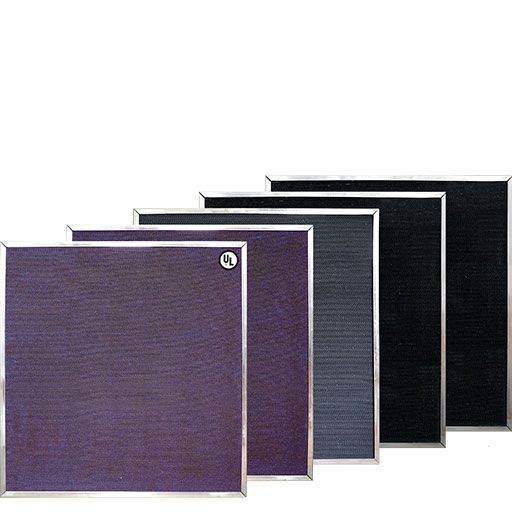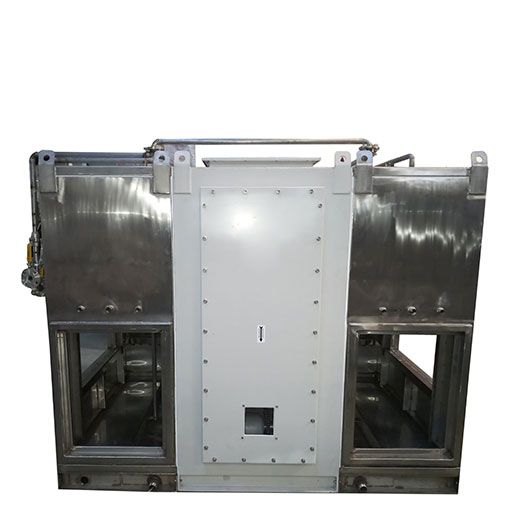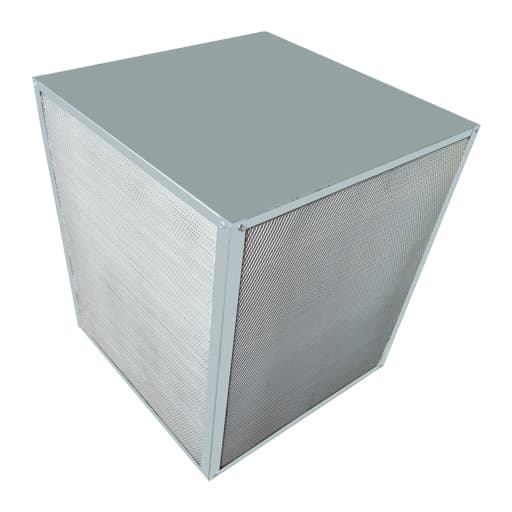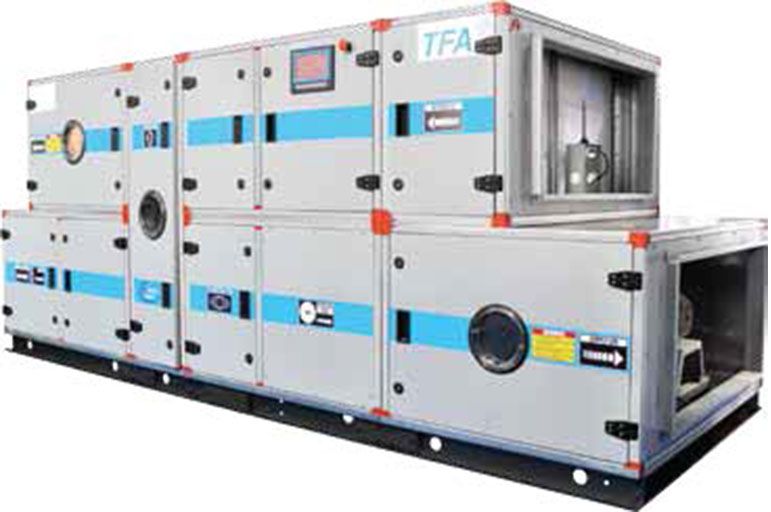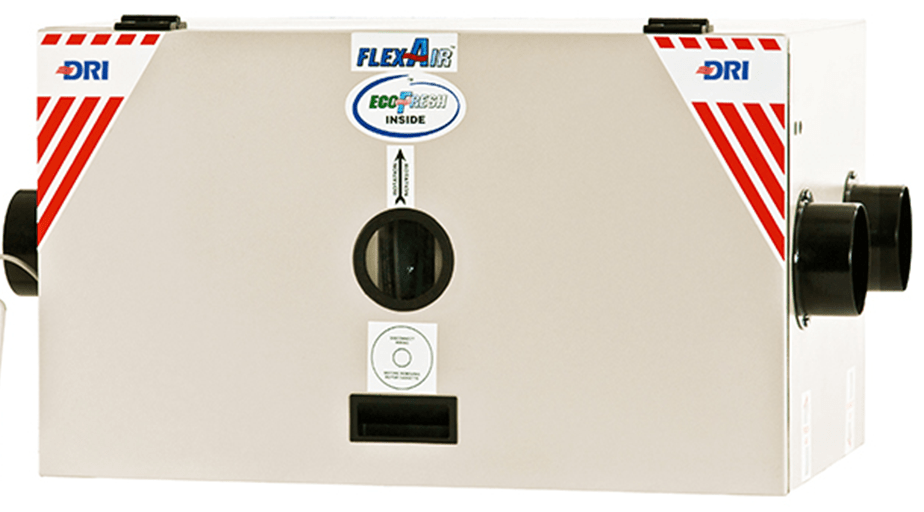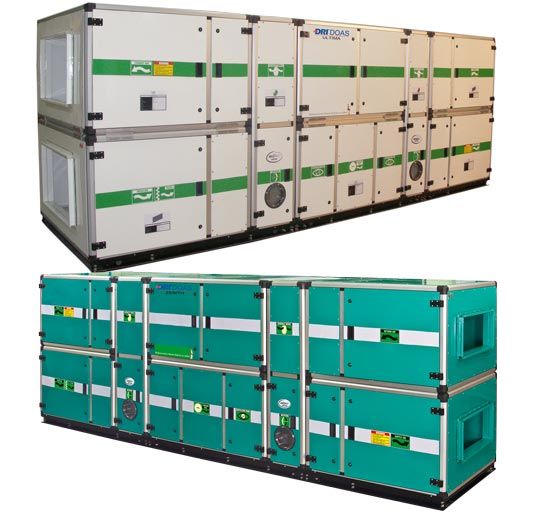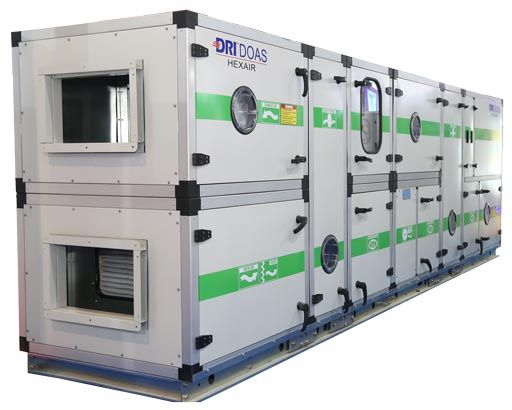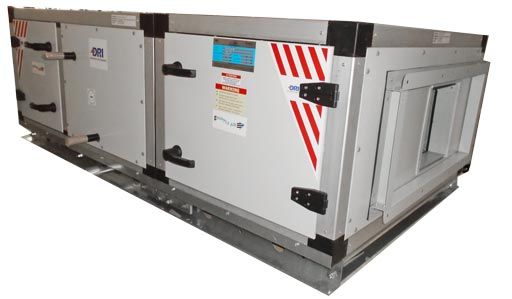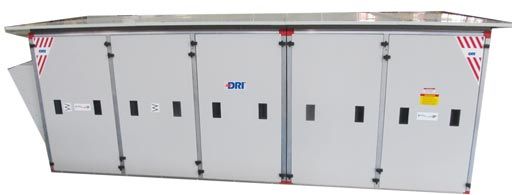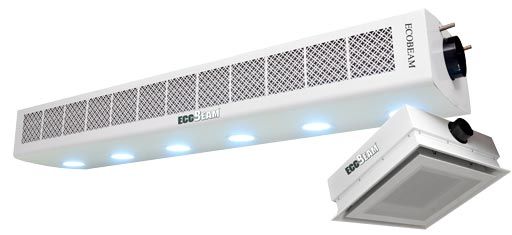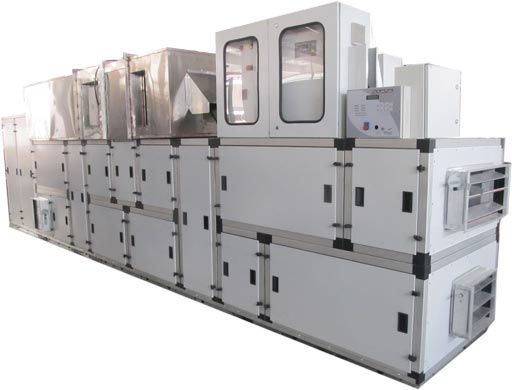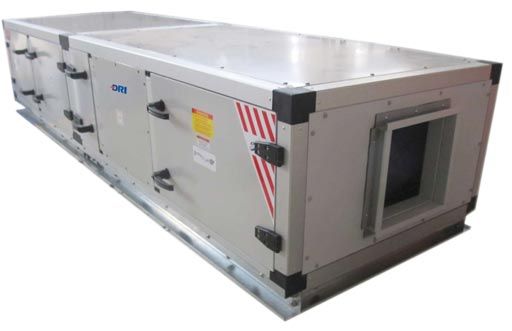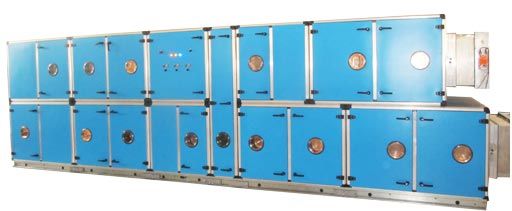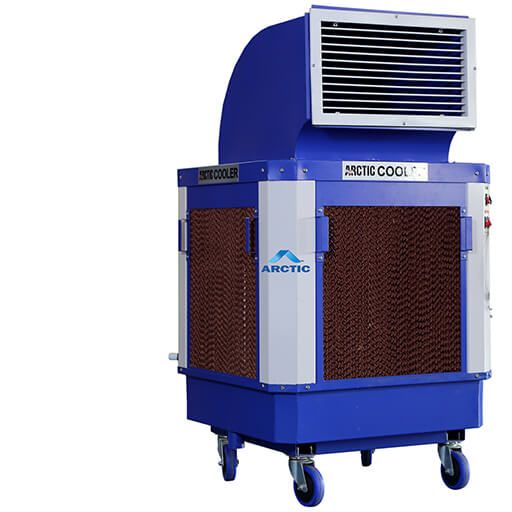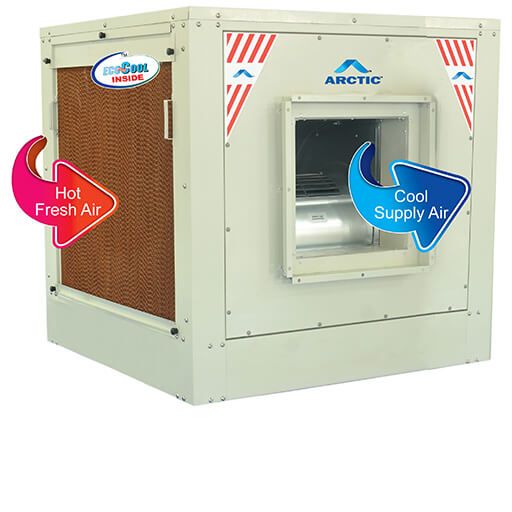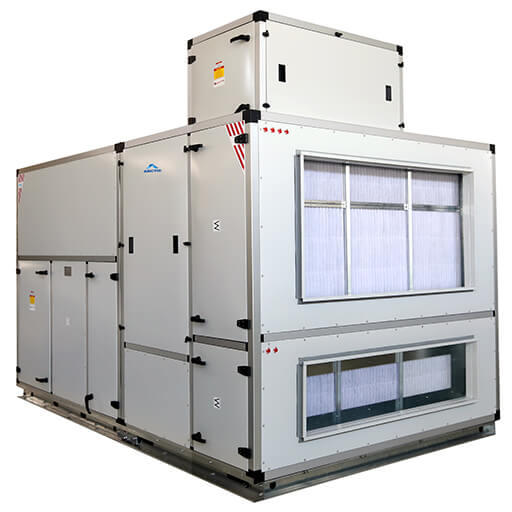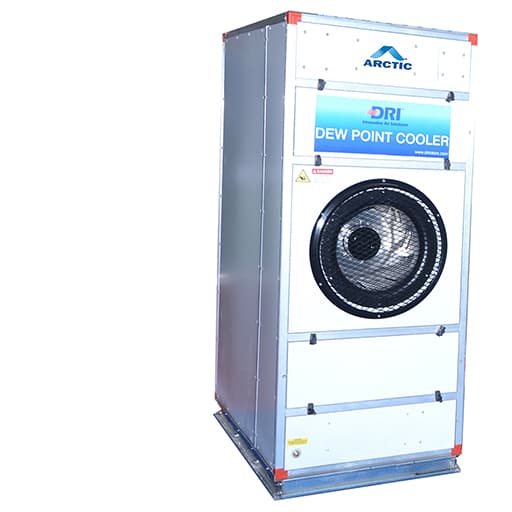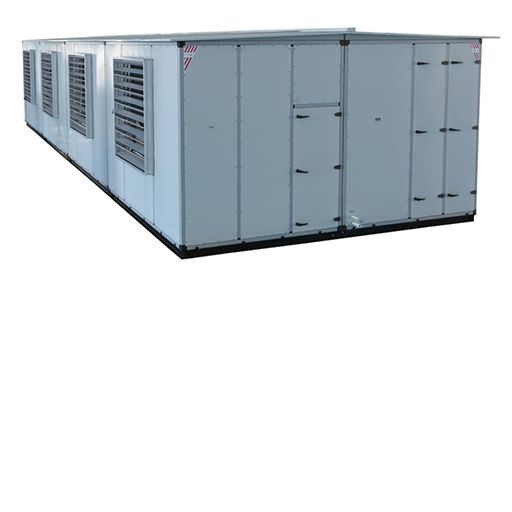- Why is proper ventilation crucial for a home?
Proper ventilation is crucial for a home, as it significantly improves the AQI of indoor air of the space. It is efficient at eliminating the indoor pollutants present in the form of dust, allergens, and volatile organic compounds (VOCs) for supplying clean and healthy air into the house. In the process, ventilation prevents excess moisture buildup in the space, which in turn impedes the growth of mould, dampness, and any structural deterioration of walls, ceilings, and furniture occurring due to humidity.
Ventilation is also important for regulating the temperature of the space. Facilitating escape of hot air, it fosters a comfortable indoor temperature by promoting circulation of cooler air within the enclosed facility. Consequently, proper ventilation plays an instrumental role in reducing the air conditioning of a house significantly. Minimizing the strain on heating and cooling systems substantially, it helps in lower utility bills and drives better energy efficiency in the house.
In addition to this, a well-ventilated house is efficient at removing the odors released from cooking, cleaning products, and other sources, disseminating a fresh and pleasant environment within the house. Along with this, it also comes in handy for getting rid of carbon monoxide generally produced by stoves, fireplaces, and heaters in the house.
2. What are the different types of home ventilation systems (natural, mechanical, hybrid)? How should homeowners choose the most suitable option for their property?
Looking at the importance of ventilation, there are various types of home ventilation systems for facilitating optimal supply of fresh air.
- Natural ventilation – Natural ventilation is majorly driven by unchecked air flow through windows and doors.
- Exhaust ventilation – This type of ventilation is very common in kitchens and bathrooms and comes in handy for removing moisture from the spaces.
- Balanced ventilation – Balanced ventilation works on the principle of air exchange, where fresh outdoor air is introduced into the house and an equal amount of stale air is forced out. It neither pressurizes nor depressurizes, thereby ensuring proper ventilation throughout space.
- Mechanical Ventilation – This is a heat recovery ventilation situated at the top of the building. It supplies conditioned air and bodes well for proper flow of fresh air into the rooms.
The choice of ventilation depends on several factors, such as the house layout, size, and specific goals. It is subject to the purpose that needs to be achieved, such as the removal of excess moisture, driving energy efficiency, or exhaust ventilation. But while selecting the system, size of the house should be considered; as an oversized system can prove to be inefficient and an undersized system might be insufficient to meet the ventilation needs. Likewise, for larger commercial and industrial spaces exhibiting complex structures, installing Treated Fresh Air Handling (TFA) systems can be beneficial for eliminating pollutants, allergens, and contaminants, and Dedicated Outdoor Air Systems (DOAS) reside well for exercising immaculate humidity control.
3. What are some effective ways to improve indoor air quality through ventilation? Are there specific types of filters or systems recommended?
- Innovative technologies
Considering that ventilation for enhancing indoor AQI can be achieved with the help of HVAC systems, it is essential to innovate and upgrade the systems by harnessing the power of advanced technologies.
- Integrating groundbreaking solutions such as energy recovery ventilators (ERVs) can maximize ventilation by promoting heat and humidity exchange between incoming and outgoing air.
- Similarly, TFA (Treated Fresh Air Units) bodes well for conducting the pre-conditioning of outdoor air for introducing clean and healthy air into the room. Being well equipped with energy recovery wheels, it goes a long way in recovering both sensible and latent energy, contributing to the energy efficiency of the systems.
- Installing Dedicated Outdoor Air Systems (DOAS) controls the humidity levels with the help of unique passive dehumidification wheels and also facilitates replenishment of fresh air and removal of indoor air pollutants.
- Smart Systems
Making use of AI or ML-driven systems can upscale the ventilation as it comes in handy for exercising centralized monitoring, data storage, etc., Such innovations help in smart and precise monitoring of the HVAC equipment based on the occupancy patterns.
4. What are some common mistakes homeowners make regarding home ventilation, and how can they avoid them? What should homeowners keep in mind about ventilation when renovating or upgrading their homes?
When it comes to ventilation, the common mistakes that people make are:
- Neglecting natural and exhaust ventilation
Considering that modern-day houses and commercial buildings as well boast glass facades and packed structures for aesthetic appeal, they lack openings for natural ventilation. There are also instances where exhaust fans in kitchens and bathrooms skip people’s minds. It is advisable to make the best of natural ventilation, as it can significantly reduce the load on HVAC systems. Likewise, exhaust fans are also important for curbing the buildup of excess moisture and pollutants.
- Avoiding maintenance
Once the HVAC systems are installed, people generally don’t pay any attention to the maintenance of the systems. However, cleaning and repair of HVAC systems should be conducted at regular intervals of time to avoid any damage or unplanned downtime. Systems in poor condition can severely compromise the effective ventilation of the space and consequently might not be able to address perils arising from poor IAQ of the building. Therefore, ensuring maintenance can prolong the lifespan of the systems and keep their longevity intact for a longer period of time.
- Clogging of vents and registers
Very often, people tend to cover the vents with curtains, furniture, or other items, blocking the smooth airflow. This can lead to inefficiency of the HVAC systems and account for uneven heating and cooling of the room.
- Wrong size
Selecting the right size is very challenging for people, where they might end up installing either an oversized or too small system for the building. Where large systems are responsible for frequent system on and off, undersized systems struggle to achieve and maintain the desired temperature. In both cases, it is difficult to drive the efficiency of the operations, leading to poor ventilation of space.
5. How often should ventilation systems be inspected or maintained? Are there signs that indicate a problem with a home’s ventilation system?
The maintenance of ventilation systems should be done at regular intervals of time. People can recognize any problem with the systems when experiencing uneven heating and cooling. A significant rise in electricity bills can suggest inefficient working of mechanical systems or malfunctioning of the HRV/ ERV systems.
Similarly, poor airflow can indicate blockage in supply vents and can be identified in case there is difficulty in opening doors or windows resulting from pressure imbalances. Experiencing stale or stuffy air, even after ventilation or lingering odour, implies poor air circulation. At the same time, the occurrence of frequent condensation on windows, walls, or ceilings and the growth of mould or mildew signify the presence of excessive humidity within the space.
One can also identify damage to ventilation systems by noticing increased dust accumulation even after regular cleaning. At the same time, on experiencing escalation of respiratory health issues, it is advisable to check for poor filtration of the systems.
Employing predictive maintenance with the help of advanced technologies can give significant results. The smart sensors, routine system upgrades, and Building Management Systems (BMS) enable real-time monitoring and updates. Together they work towards timely identification of any issue in the systems, encouraging prompt action to address the problem.

